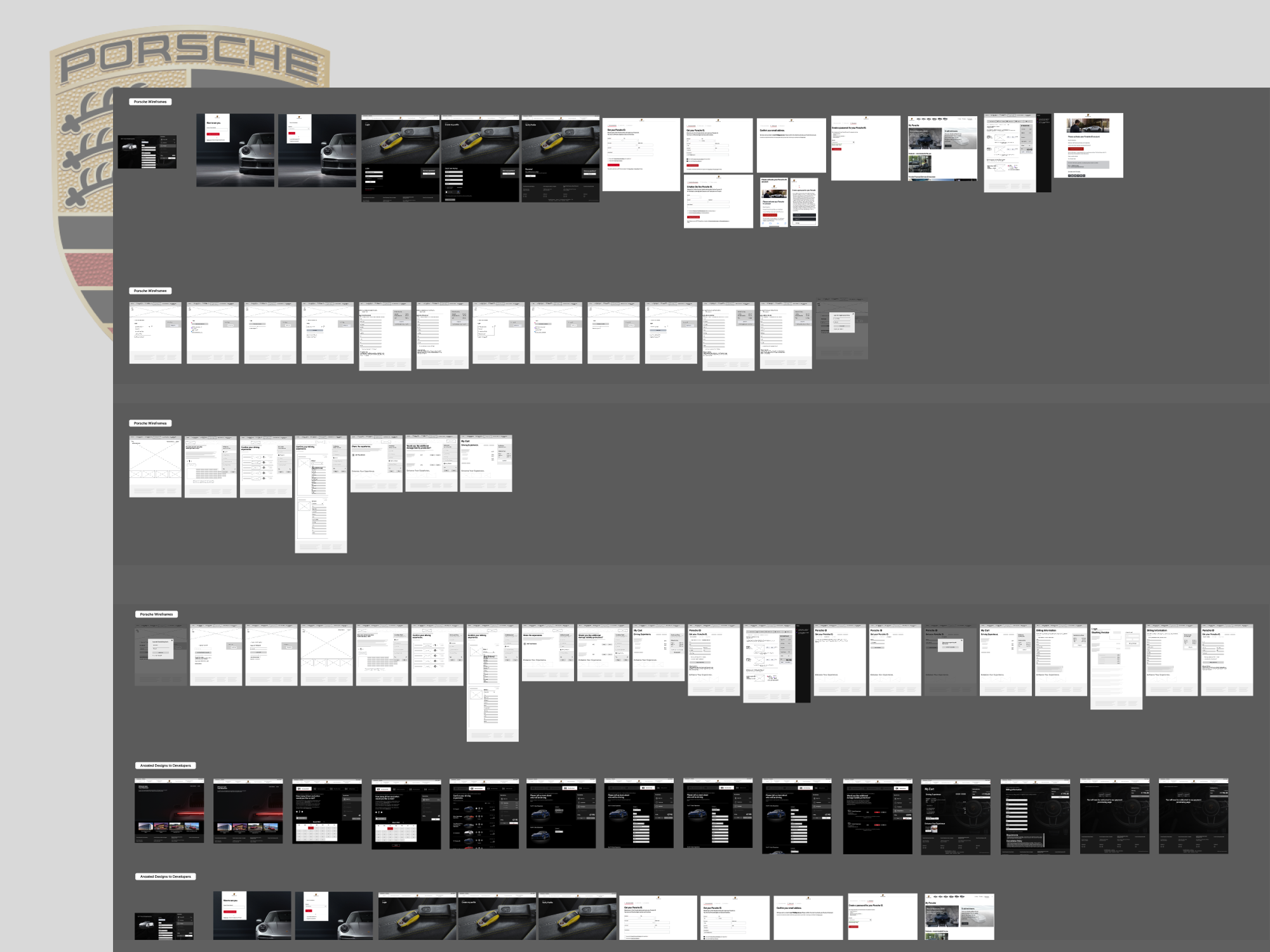
TRENT ROBERTSON
Experience Designer

Menu

Experience Design
Shape complex systems into intuitive flows. Build wireframes, prototypes, and interaction models that balance accessibility, responsiveness, and simplicity.
Visual Design
Craft interfaces that feel purposeful and expressive. Use color, type, and motion to guide attention, communicate emotion, and reinforce brand trust through consistent design systems.
Motion & Animation
Infuse experiences with purposeful movement. Use motion to guide focus, create smooth transitions, and communicate system behavior—adding clarity, rhythm, and delight without distraction.
Strategy & Planning
Translate research into action. Define experience goals, align with business metrics, and collaborate with product partners to prioritize high-value opportunities.
Collaboration & Execution
Drive alignment across disciplines. Partner with engineers, researchers, and product teams to refine solutions, facilitate workshops, and ensure pixel-perfect delivery.
Testing & Iteration
Validate early and evolve quickly. Conduct usability testing and A/B experiments to refine experiences, balancing near-term feedback with long-term vision.
Leadership & Mentorship
Elevate teams through mentorship, critique, and shared standards. Advocate for design thinking and communicate strategy through clear, business-connected storytelling.

Imagine that you’re ready to book a once-in-a-lifetime experience: Driving a Porsche on a closed race track while seated next to an actual Porsche professional race car driver. It's the Porsche Driving Experience. You go to the website to check it out. But instead of excitement, you’re met with friction: a multi-step booking flow packed with waivers, guest info forms, and unclear next steps — all before payment. On mobile, it’s even worse. The UI lags, the layout collapses, and you second-guess whether to continue.
That’s the moment Porsche was losing customers — and revenue.
I was brought in as Lead UX Designer to turn that around.

Through analytics review, stakeholder interviews, and focused user testing, I mapped the complete journey—from first click to final confirmation.
I identified:
I built personas, journey maps, and a future-state flow aligned to user intent and emotional momentum. I deferred non-critical tasks (like waivers) post-purchase and elevated the visual language to reflect Porsche’s premium identity.
The updated booking flow wasn’t just more usable — it felt more Porsche.

The booking flow for Porsche’s Driving Experience was confusing, front-loaded with legal and logistical steps, and poorly optimized for mobile — leading to lost bookings, user frustration, and brand misalignment.

The redesigned flow was reviewed by key stakeholders and became a benchmark for future experience enhancements across platforms.

Figma · UX Research · Service Design · Mobile Optimization · Journey Mapping · Interaction Design · A/B Testing · Stakeholder Alignment
A booking experience that didn’t just work — it accelerated.
The new UX reduced friction, increased trust, and captured user commitment when it mattered most.
Because when you’re booking a Porsche, the experience should feel like driving one.


